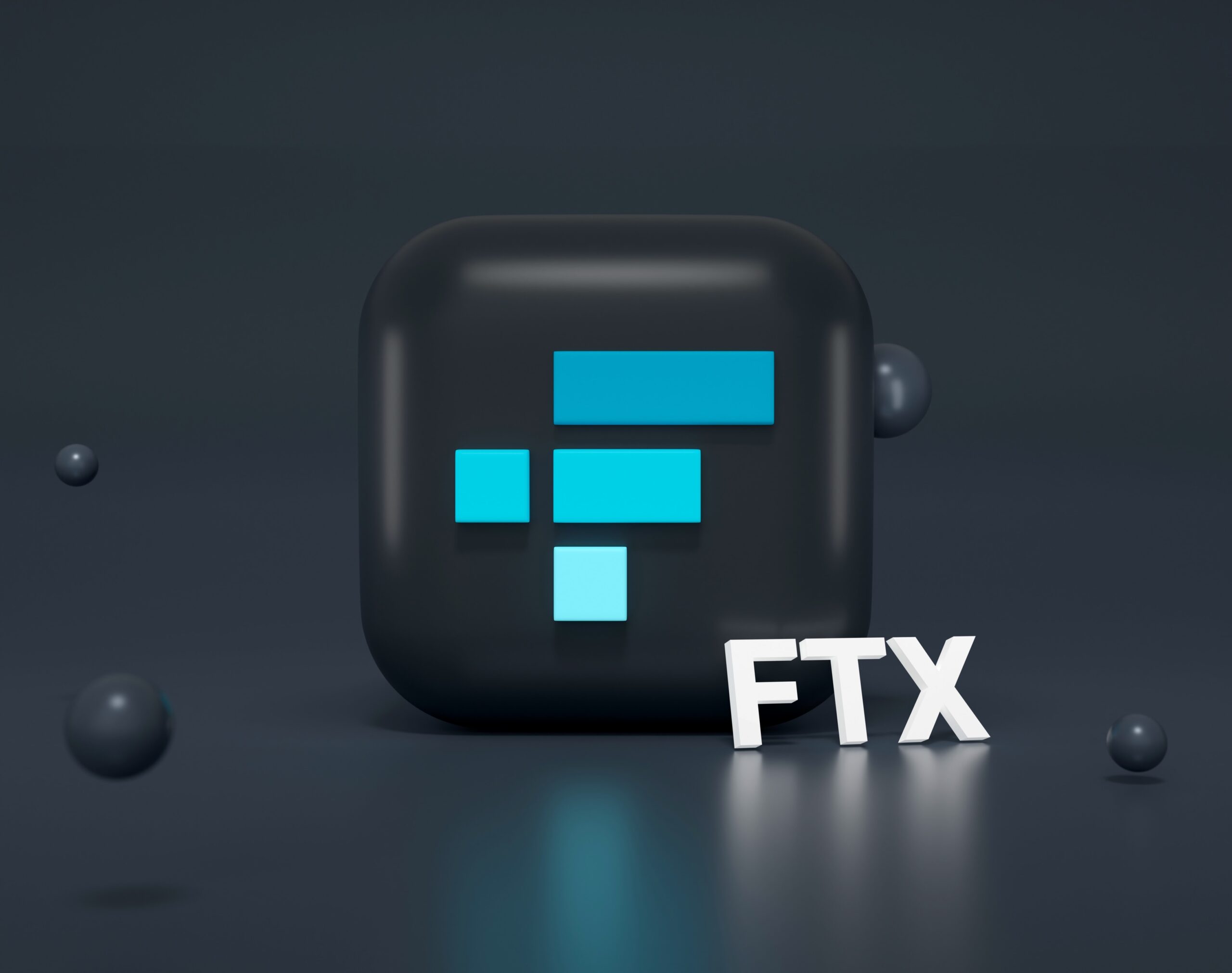FTX’s bankruptcy estate presented a reorganization plan that proposes restarting the crypto exchange for customers outside the U.S.
In the filing late on Monday night, the lawyers overseeing the firm’s bankruptcy proceedings also put forward a way for creditors to receive the claims they are entitled to, grouping them into classes.
All FTX.com customers, excluding those that held NFTs on the platform, fell under the “Dotcom Customer Entitlements” or “Class 4A” group of claimants. This group will be entitled to proceeds from the sale or recapitalization of the rebooted exchange, which the bankruptcy estate refers to as the “Offshore Exchange Company.”
“Rather than all cash, the Debtors may determine that the Offshore Exchange Company remit non-cash consideration to the Dotcom Customer Pool in the form of equity securities, tokens or other interests in the Offshore Exchange Company, or rights to invest in such equity securities, tokens or other interests,” read the document.
It is worth noting that the plans for the proposed restart do not include any allowances for FTX’s exchange token FTT to be used in any manner. Still, news of the reorganization plan sparked a rally in FTT, with the token gaining 15% in under 30 minutes.
Before you guys start aping FTT on the back of the FTX restart news – FTT will be getting nothing in the FTX restart plan.
Literally zero.
— wassielawyer (哇西律师) (@wassielawyer) August 1, 2023
FTX’s official committee of unsecured creditors (UCC) were amongst the plan’s critics. The UCC claimed that their suggestions were largely ignored, and the FTX bankruptcy estate went ahead and filed its plan without first discussing its terms.
https://twitter.com/AFTXcreditor/status/1686237674112200704
The UCC believes it should have a say in who runs the rebooted crypto exchange, and called for the creation of a “regulatory-compliant” recovery token that will facilitate a restarted FTX to enhance creditor recoveries.
The group also took aim at John Ray III and his team for failing to act on their request to invest a portion of the $2.6 billion cash balance in short-term treasury notes to partially offset the substantial amount in legal fees that has been accrued to date.



